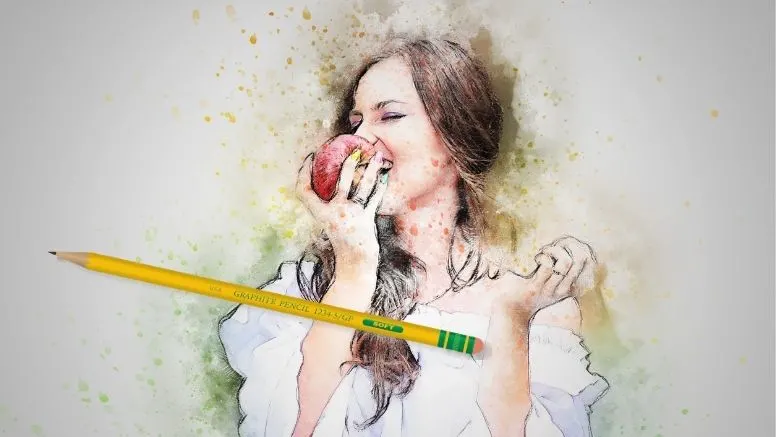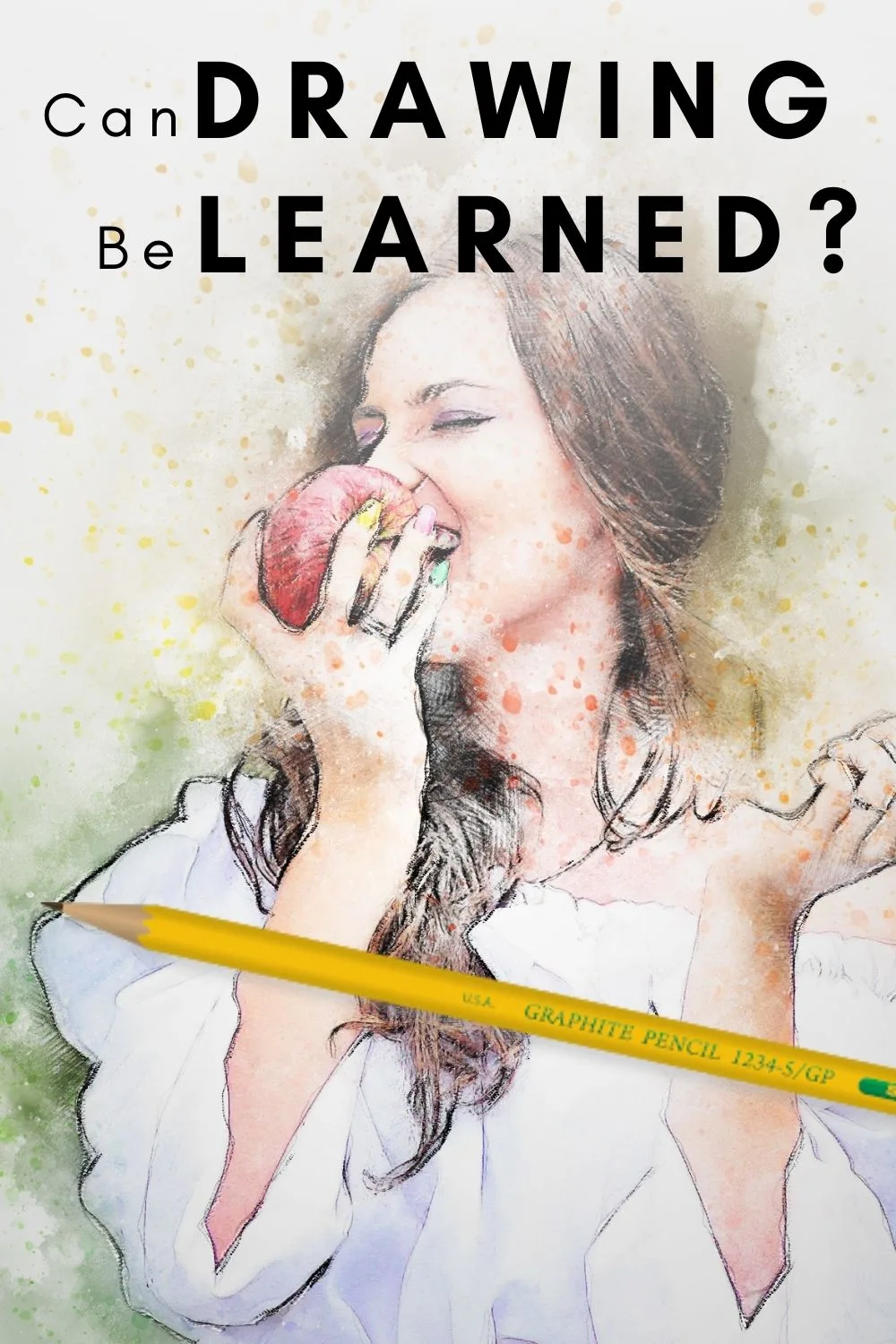If you’re wondering whether anyone can learn to draw, you’re in the right place. Drawing is a desirable skill to have. Humans are, by nature, visual creatures and pick up on visual cues much faster than other kinds. What’s more, drawing allows us to express our creativity in numerous ways. The choice of mediums, colors, strokes, shades, and more is endless. So, can drawing be learned or is it something you’re born with?
Drawing can be learned! You don’t have to be born with the ability to draw. You can easily pick it up if you have passion and dedication. And the best part is, the more you draw, the better you’ll get at it.
Is Drawing a Talent or a Skill?
Let’s discuss the fundamental question: do you only need the skill to draw, or will raw talent suffice? The answer is short and straightforward: drawing is a skill, but if you have talent, you can learn the skill much faster.
Look at it this way. Some people are born with a great aesthetic sense. They intuitively know which colors will blend well together, which will look harmonious versus which ones will clash. Other people have this intuition with light and shade. Both of the examples mentioned above are helpful subskills in drawing and can be learned, but if the individual is already talented in them, it’s much easier for them to grasp.
So, what does it mean for one to be naturally talented in drawing? Well, this simply means that you possess one of the nine kinds of intelligence that exist. This type of intelligence is visual or spatial. You have the natural ability to pick up color cues, understand distance and perspective. This inherent talent will allow you to learn the drawing skill much faster.
However, keep in mind that no one is born a painter or visual artist. Everyone has to go through the learning curve and process to make great artworks. Therefore, drawing is a skill like any other that can be learned and improved upon. The more you improve, the better you will get. Talent simply makes it easier for you to learn specific aspects of the skill.
Now that you understand the difference between skill and talent, you’ll know that anyone can learn how to draw. All you have to do is exhibit patience and dedication, and you can quickly become proficient.
How Old Should You Be to Learn Drawing?
Now, let’s talk about who can learn the skill of drawing. You can only learn specific skills when you’re a certain age, although many people defy these norms regularly. Ballet is one such example. You have to be young enough to learn ballet because it requires specific muscle and bone formation that becomes impossible when you grow older.
If you’re wondering whether you’re too old to draw, however, there’s an easy answer. You’re not! Drawing and painting are the kinds of skills you can pick up at any age or time. You don’t have to be a certain age. All you have to do is dedicate a certain number of hours to the learning process.
Learning this skill isn’t about age. It’s just about motivation. You have to be disciplined and motivated enough that you won’t give up halfway or when things get frustrating. Now, I know what you’re thinking. Does this apply to elderly people too? Can an old dog learn new tricks? Yes and no. it does become harder to pick up new skills as you grow older, but that doesn’t have much to do with age. It has to do with time.
When you’re older and have responsibilities, it becomes tougher to dedicate sufficient time to anything new or outside your schedule. However, older people bring a better work ethic and sense of discipline to learning, so they have more of an advantage in many ways.
As long as you keep at it, you will see results. And it doesn’t have anything to do with you being young or old.
Keep the Learning Process Going
The main thing to focus on is to keep learning and be open to new things. If you’re older and want to approach drawing, try not to enter the program with any preconceived notions. Of course, you should have goals and objectives for your ideal outcomes. However, don’t bring a rigid mindset to the table because if you do so, you might miss out on extra learning opportunities.
Always remind yourself to be open to learning. Your instructor might tell you to do something that doesn’t make sense in isolation. It might, however, be a vital part of the overall process, or could even be a subskill.
Additionally, understand that it does take a lot of time to learn and eventually master something. The saying goes that it takes roughly 10,000 hours to become an expert at anything, but this is still pretty vague. It doesn’t fully apply in the case of drawing because there are so many mediums and so many different shapes and objects to master. For example, if you were to spend 10,000 hours drawing trees, you would become an expert on them. However, you would still be an amateur when it came to drawing human forms or faces.
Therefore, your learning process depends on your priorities. If you want to learn to sketch humans, then that’s what you should spend your 10,000 hours on. On the other hand, if you want to learn to paint using oil paints, you will have to spend those 10,000 hours learning how to blend and work with the medium. It’s all about balance and taking a measured approach.
You can pick up and learn drawing as quickly as the next person. Just remember that it’s not a race, it’s a marathon. You will never stop learning because there are so many different subskills to learn and subjects to paint. You can aim to master one medium after another, and you will still always find something new to work on. That’s what makes drawing so exciting! Good luck with your future drawing endeavors.


